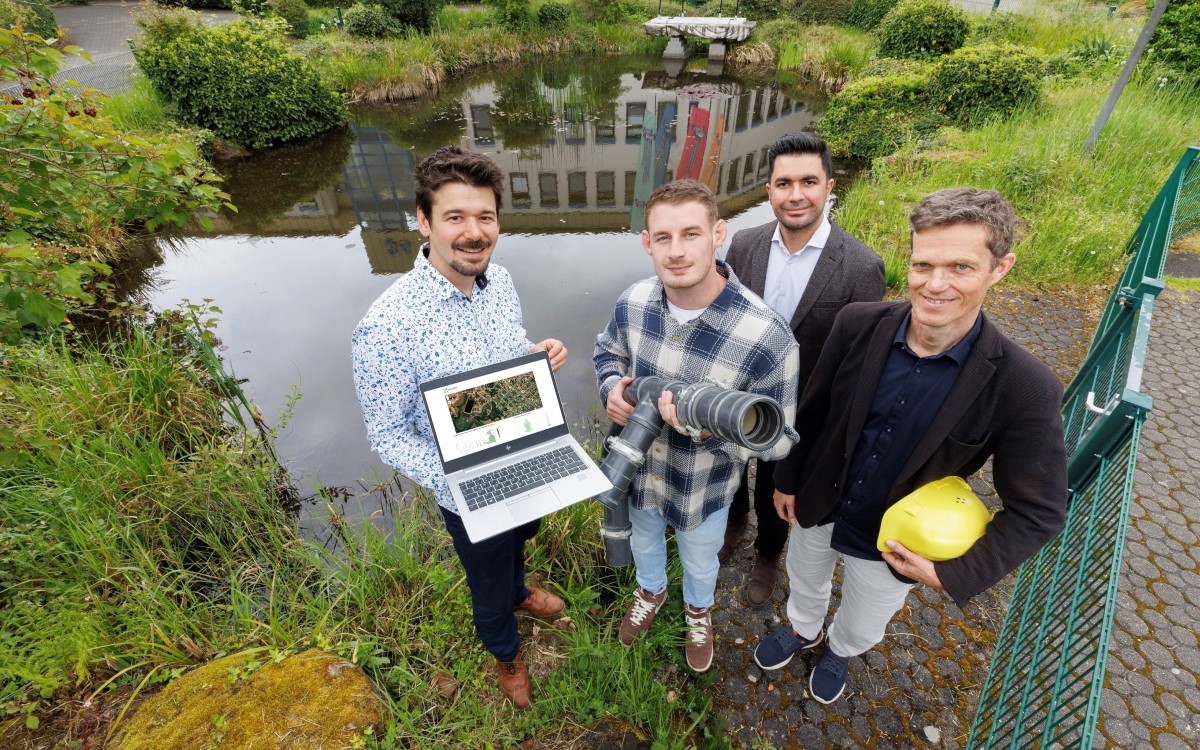Historical Reconstruction of the Evolution of Groundwater
Kategorien: News | Publications
Thema: Water Solutions
Autor: Charlotte Quick
May 16, 2023 Ι An international research team has reconstructed the evolution of groundwater in the Great Basin, USA – one of the driest regions on Earth – up to 350,000 years into the past. The results shed new light on the impact of climate change on water supply and provide insights for the sustainable use of groundwater resources.
The geologyteam led by Christoph Spötl, University of Innsbruck, has been investigating the famous “Devils Hole” cave system in Nevada since 2010 – in the course of sometimes spectacular expeditions. Using the calcite deposits in the cave, the researchers have already reconstructed the development of the water level in the cave up to several hundred thousand years ago. In the current study, this information has now been combined with a numerical groundwater model for this very water-scarce region.
Groundwater data reflect changes in hydroclimate
“Based on our extensive sampling in Devils Hole, we have a large amount of data that provides information on the evolution of the water table. By combining this with groundwater models from the US Geological Survey, we can now draw quantitative conclusions about changes in precipitation for the entire region over the last 350,000 years using the precise data from the cave,” explains geologist Simon Steidle from the Quaternary Research Group at the Department of Geology at the University of Innsbruck.
In arid regions such as the southwest of the USA, precipitation is particularly important and groundwater data is a mirror of changes in the hydroclimate. “The results can be useful for drawing up water management strategies and the sustainable use of groundwater resources, for example when it comes to how much water can be withdrawn for agricultural purposes,” explains the geologist.
Drought increases sensitivity
The new data suggest that during dry climates in the past, the level of the Devils Hole water table was three to four times more sensitive to groundwater recharge than during wetter climates.
The Innsbruck geology team has been carrying out investigations in Devils Hole for years, here descending into the cave to take underwater cores.
“Given that drought conditions will likely increase even more in the future due to the ongoing climate crisis, our results highlight the vulnerability of large aquifers, and thus the alteration of the most important freshwater resource in this area of the United States,” Steidle said.
The minimum groundwater level in Devils Hole during the peak of the warm periods was no more than 1.6 metres below today’s level, which corresponds to a decline in groundwater recharge of less than 17 % compared to today’s conditions. During the high glacial periods, however, the level was at least 9.5 metres above today’s level, which means an increase in groundwater recharge of almost 250 % compared to today’s conditions.
This new information is not least relevant for the already highly endangered devilfish, a fish measuring just a few centimetres whose only habitat is the water in Devils Hole. The habitat of this species is thus the smallest of all known vertebrates (about half the size of an average classroom). Even small changes in water availability triggered by the extraction of groundwater for irrigation purposes or by progressive climate change are of utmost importance for its survival.
Publication: A 350,000-year history of groundwater recharge in the southern Great Basin, USA: Tracie R. Jackson, Simon D. Steidle, Kathleen A. Wendt, Yuri Dublyansky, R. Lawrence Edwards & Christoph Spötl. Communications Earth & Environment 4: 98 (2023)







